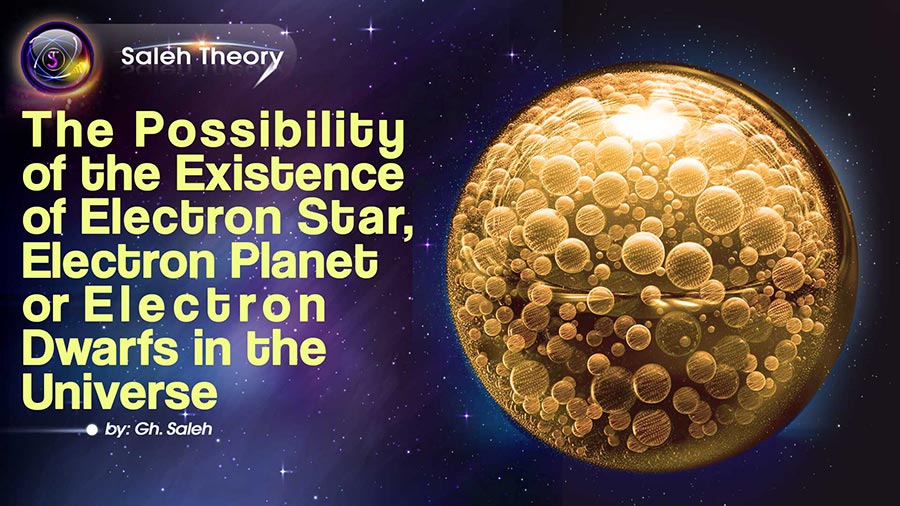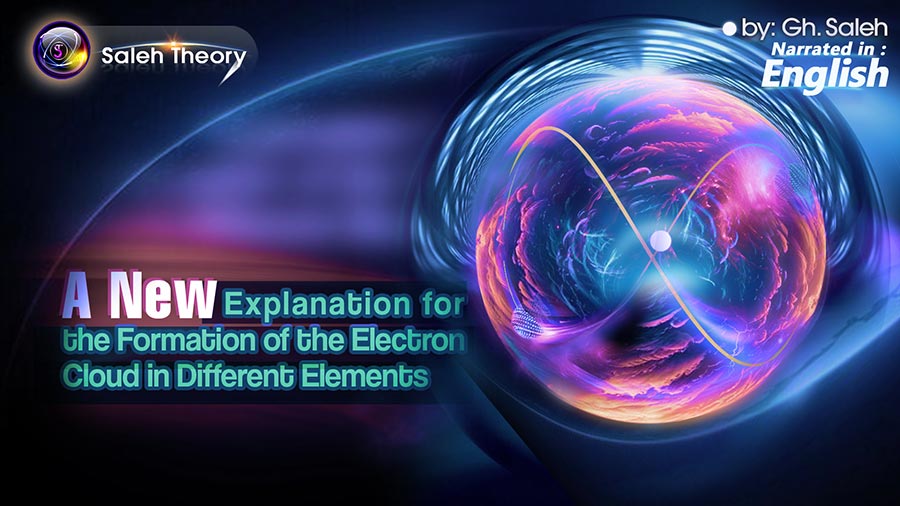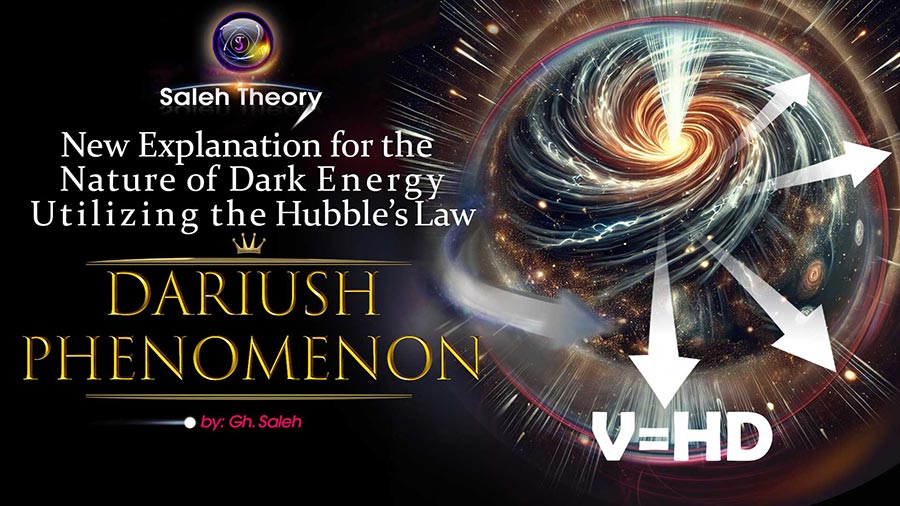
New Explanation for the Nature of Dark Energy Utilizing the Hubble’s Law (Dariush Phenomenon)
Let’s first review Hubble's elegant law. The general form of Hubble's law is expressed as follows: the velocity of any celestial object in the universe is equal to the distance from the observer, multiplied by the constant number (Hubble constant).

This experimental formula indicates that the primary parameter determining the velocity is distance between a celestial object (Ex: Galaxy) and the observer. Variations in velocity correspond to changes in distance, while H is a constant value that does not affect the speed of considered objects.
Hubble’s law essentially asserts that the universe's expansion is inevitable, and this expansion will continue, with the key parameter being the distance from the center of the universe. Changes in “D” or the distance of a celestial object in the universe are continuously expanding because of the big explosion at the Big Bang moment. Given that Hubble's law clearly demonstrates a rotational motion, which has been proved before [1-3], therefore, we can always expect increasing rotational velocities of celestial objects in all points of the universe.
For better understanding, we want to formulate a comprehensive mathematical and physical equation for the Big Bang. The equations can be expressed as follows:
Total motion = Rotational motion + Linear motion
Total velocity = Rotational velocity + Linear velocity
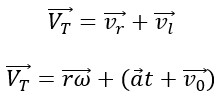
We can deduce that a large amount of energy was released in a very short time due to the Big Bang, creating an initial linear velocity. As it has the negative acceleration the linear velocity decreases but the radius “D” is increasing.
So, the negative acceleration applies a decelerating motion on the system in its linear motion. but the distance “D” is increasing. However, in the case of rotational motion, the primary parameter that causes changes in rotational velocity “v_r” is the distance (“r” or the same “D”) that is increasing.
In reality, the presence of linear velocity along the linear path “D” continuously increases “D” and as we said, Hubble's law demonstrates a rotational motion in which changes in “D” are always present and increasing so we find increasing in rotational velocity.
In other words, the value of “D” always increases, and whenever we observe a galaxy or an object through a telescope, we can easily detect an increase in velocity. This is seen over periods as follows:
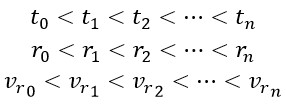
Upon observation, it has been determined that the universe is expanding, and its rate of expansion is increasing. This phenomenon requires additional energy, known as dark energy, if we do not account for the rotational motion from the Big Bang. However, if we do consider the existence of rotation from the Big Bang moment, this phenomenon (Dariush phenomenon) becomes clear and does not necessitate further energy (dark energy).
Result:
According to Hubble’s law, which indicates the rotational motion of the universe, the speed is increasing, as the parameter “D” )or “r”) is also increasing due to the residual energy from the Big Bang explosion.
In fact, dark energy is the residual energy from the Big Bang, and it is the main cause of the expansion of the universe by increasing “r”. According to Hubble's formula, an increase in the radius value “r” leads to an increase in the rotational velocities of objects in the universe.

Ultimately, the effect of the remaining energy from the Big Bang, known as dark energy, is what drives the expansion of the universe.
References:
 Download PDF
Download PDF 
